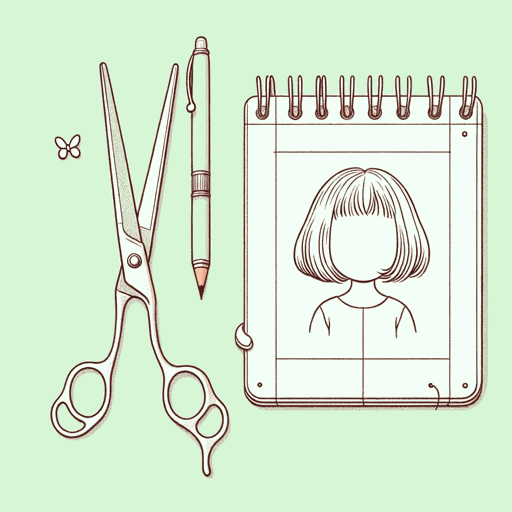27 pages • 54 minutes read
Sara PennypackerClementine
Fiction | Novel | Middle Grade | Published in 2006A modern alternative to SparkNotes and CliffsNotes, SuperSummary offers high-quality Study Guides with detailed chapter summaries and analysis of major themes, characters, and more.
Symbols & Motifs
Drawings
Drawings function on multiple levels in the text. Marla Frazee, the illustrator, has created two different styles of drawings; these appear almost equally throughout the novel at key points. One style, which is more childlike, show Clementine’s representations of the world, often with the phrase “Here is a picture of that” (94, 112). The other kind of drawing, which are likely closer to Frazee’s personal style, are adult drawings of specific scenes, like Clementine trying to confront Margaret’s mother or Clementine’s father cleaning the front of the building. While many children’s books have illustrations, in Clementine the drawings are both decorative and functional. In other words, they both illustrate the plot as well as propel it and reveal Clementine’s character.
The illustrations that represent Clementine’s drawings usually show something important or interesting to her: “a picture of the lentils on her toothbrush” or “bologna glasses!” (42, 112). By including these illustrations, Frazee and Pennypacker bring Clementine’s imagination and creativity to life, as well as show how Clementine is always making art.
Related Titles
By Sara Pennypacker



